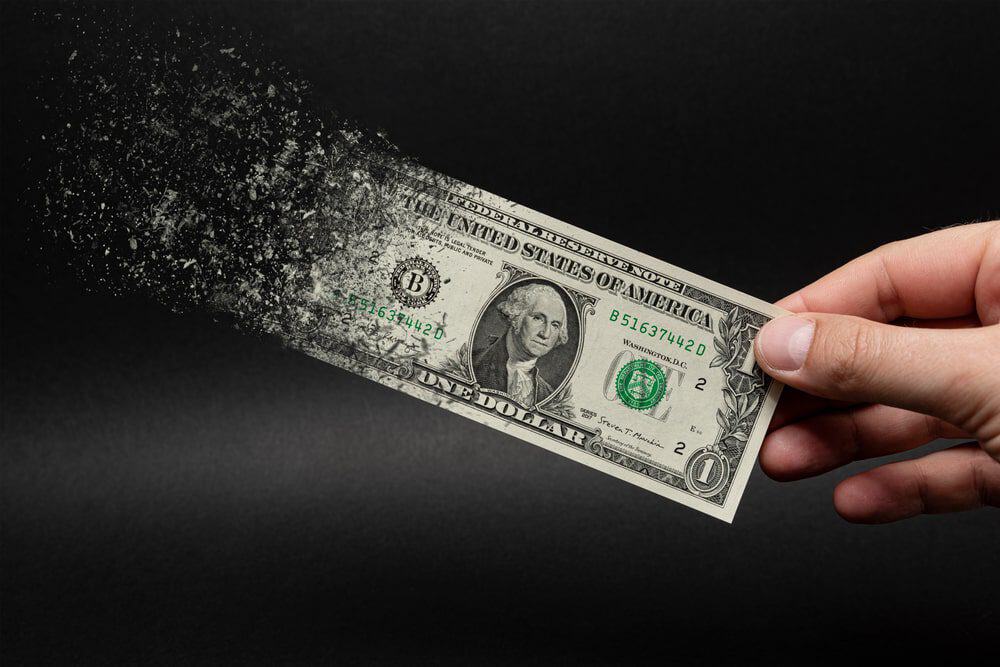Inflation is lower than it was a year ago. But you may not be feeling any less frustrated when you pay your bills.
That’s because prices across all goods and services haven’t actually gone down. Instead, the pace of price increases slowed from a year ago. Overall, prices are still high by two key inflation measures.
But there’s even more to the inflation story.
Everyone feels the burden of inflation differently
Are you vegan or vegetarian? Do you drive to work every day or commute using mass transit? Do you have school-aged children? Your answers to those questions matter because they could cause you to experience more sticker shock.
Vegans aren’t impacted by egg prices, which are up 21% compared to last year, according to April’s Consumer Price Index. But they may be suffering from even bigger price increases for margarine, which was up 24%.
If you drive to work every day, you’re going to encounter price increases for just about everything having to do with your car, from insurance to repair and maintenance costs. You will get some relief at the gas pump with prices down 12% from last year. Meanwhile public transportation cost riders across the country 0.3% more than last year.
And while having a child never came without its costs, now is a particularly expensive time to have a school-aged child. Meals served at elementary and secondary schools are up almost 300% from a year ago. This comes after a pandemic-era government program designed to provide free or highly subsidized meals at schools expired last year.
Inflation disproportionately hurts low-income people
If you’re struggling to make ends meet, no matter what you buy, inflation will automatically hit you harder than someone who has a financial buffer to absorb some of the price increases.
“Inflation is generally a regressive tax,” Kroll Institute chief economist Megan Greene said. Poorer households spend a greater portion of their income on unavoidable expenses like food and gas, which makes them more vulnerable to price increases.
Not everything is responding well to interest rate hikes
The Federal Reserve spent the past year hiking interest rates in the interest of lowering inflation. When the Fed raises interest rates, it costs more for banks and other lenders to borrow money. They pass these costs on to consumers by charging higher interest rates on any debts they incur. The Fed’s hope is the added costs will cause a pullback in spending and cause businesses to rethink price increases.
The rate hikes worked for certain parts of the economy such as housing, where prices have sharply declined. But the service side of the economy isn’t responding to rate hikes.
New York Federal Reserve President John Williams highlighted this in a speech Tuesday, noting that it is the “most persistent area of inflation.”
“This is driven by a continued imbalance between overall supply and demand,” he said. “It’s going to take the longest to bring down.”
Part of the reason for the imbalance is consumer behavior still out of whack from the pandemic. When the US economy shut down, consumers weren’t spending money on many services. When it reopened, consumers jumped at the opportunity to finally enjoy services and experiences.
But, surprisingly, that trend hasn’t abated — people continue to shell out for services compared to goods, Williams said.
Service inflation is harder for the Fed to contain since the driving force is rising wages, said Greene, who is set to join the Bank of England’s monetary policy committee in July.
“It’s relatively easy to hike wages, but it’s almost impossible to cut them,” she told CNN. Some companies are still struggling to find skilled labor to fill vacancies and are having to raise wages as a result, she added.

